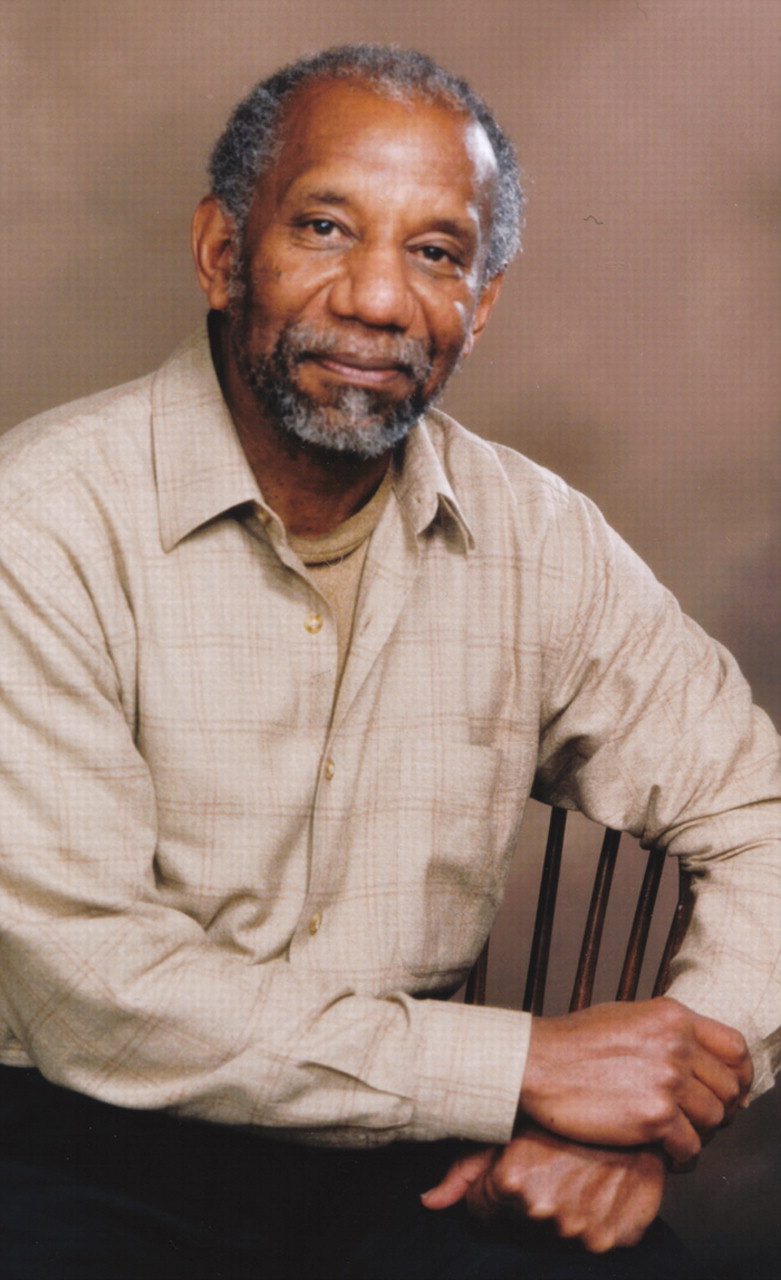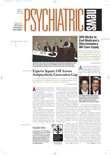Anumber of studies have indicated that youngsters who are physically abused are more likely to act violently toward others than are youngsters who were not abused.
But can just witnessing a violent act also lead to youngsters' acting atrociously? The answer is yes, and it comes from a cleverly designed study conducted in numerous Chicago neighborhoods and published in the May 27 Science. The principal investigator was Felton Earls, M.D., a psychiatrist and a professor of social medicine at Harvard Medical School.
Carl Bell, M.D., calls the study “phenomenal.” He is a professor of psychiatry at the University of Illinois at Chicago and has a special interest in the etiology of community violence.
From a traditional randomized, controlled-trial perspective, the best way to find out whether witnessing violence makes it more likely that youth will engage in violence is to expose half of one's subjects to violence and compare that group with the half that did not have such experiences. Conducting such a study would be unethical, of course, so Earls and his co-workers launched a prospective community study to determine whether witnessing violence leads to violent behavior.
They focused on some 1,500 12-year-olds and 15-year-olds from 78 Chicago neighborhoods and collected extensive information from the youngsters, their families, neighborhood residents, and census data. The information concerned variables such as temperament, family background, neighborhood characteristics, scholastic performance, and previous exposure to violence—altogether more than 150 items of information.
Two years later the researchers reinterviewed about 1,200 of the subjects to learn which of them had seen someone being shot or shot at.
Then three years after that, the investigators interviewed as many of the 1,200 subjects as they could—this time reaching some 1,000—to determine which of them had engaged in violent behavior, including gang violence, within the previous 12 months. They found that about 12 percent of those 1,000 subjects had.
The scientists then analyzed the data to see whether there was a link between witnessing firearm violence and later committing it. Indeed, they found that youth who had witnessed such violence were more likely to engage in violent behavior than were youth who had not witnessed it, and the difference was highly significant statistically.
This significant link held up even when possibly confounding factors such as age, gender, race, socioeconomic status, neighborhood, and previously violent behavior were taken into consideration.
“I was surprised,” Earls told Psychiatric News.“ One thinks of the multiple risk factors as working in concert, and especially taking into account previous violent behavior. The fact that exposure alone doubles, if not triples, the probability of committing a violent act over a period of two years represented a much higher level than I expected, given the density of characteristics for which we controlled.”
Thus, “the best model for violence may be that of a socially infectious disease,” Earls said in a Harvard Medical School press release accompanying publication of his study. “Preventing one violent crime may prevent a downstream cascade of `infections.'” Or as he explained to Psychiatric News, “Violence prevention serves not just to reduce a propensity for violent behavior in the person targeted, but benefits the social orbit in which the adolescent functions.”
But how can violent crime among America's youth be prevented? Bell gave several suggestions. One is to treat youth who have been exposed to violence not just for post-traumatic stress disorder, but for other trauma-related disorders. Another is to strengthen the social fabric—that is, the“ collective efficacy”—of communities where violence is rife. This concept stems from other research that Earls has conducted, Bell pointed out. In one study Earls found that only 6 out of 49 Chicago communities had a high rate of violence, and it was precisely these six that lacked social fabric. For example, Bell said, “If you saw your neighbor's kid spray-painting a garage, would you say anything to him? In neighborhoods where people said yes, there were low rates of violence, and in neighborhoods where people said no, there were high rates of violence.”
The study was funded by the John D. and Catherine T. MacArthur Foundation, National Institute of Justice, and National Institute of Mental Health.
An abstract of “Firearm Violence Exposure and Serious Violent Behavior” is posted online at<www.sciencemag.org/cgi/content/abstract/308/5726/1323>.▪
Science 2005 308 1323

